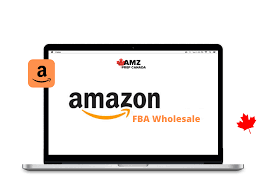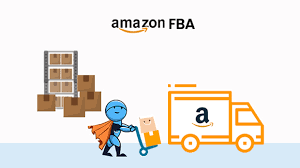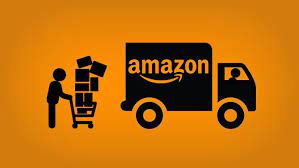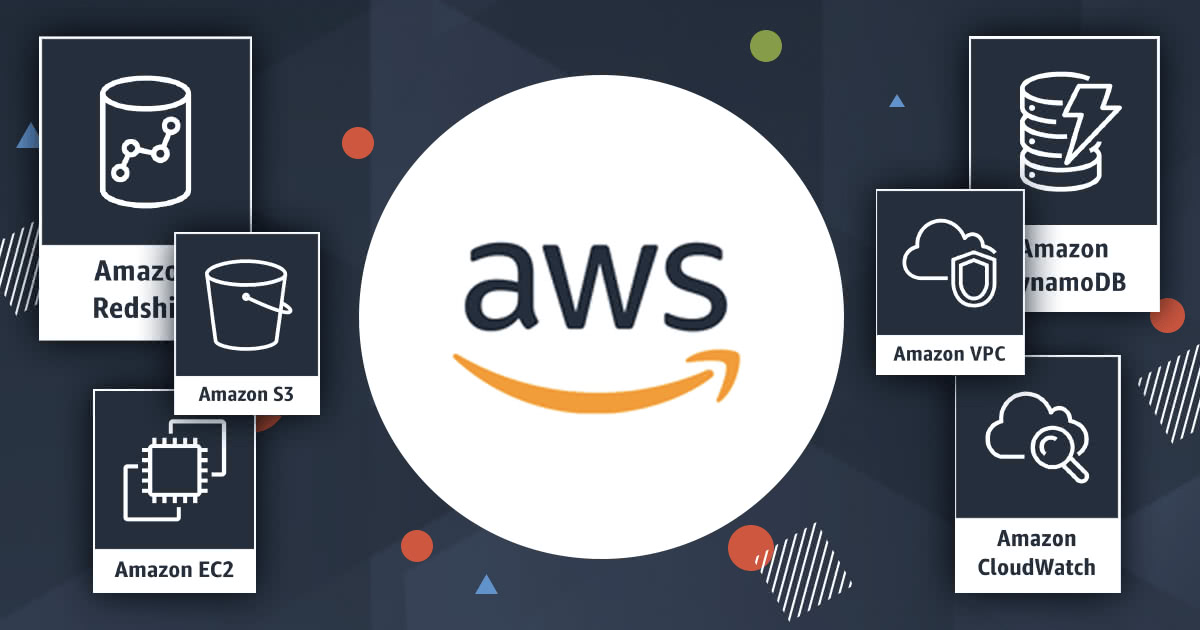19
Oct
When evaluating product demand, competition, and profitability metrics for Amazon FBA, consider the following factors: Sales Rank: Examine the Best Sellers Rank (BSR) on Amazon to gauge a product's popularity and demand. Lower BSR indicates higher sales volume within a category, but keep in mind that different categories have varying sales volumes. Customer Reviews: Analyze customer reviews to understand the strengths and weaknesses of competing products. Look for common complaints, product improvements customers desire, and opportunities to offer a superior product. Competition Level: Assess the number of sellers offering similar products and their sales performance. Evaluate whether the market is…







